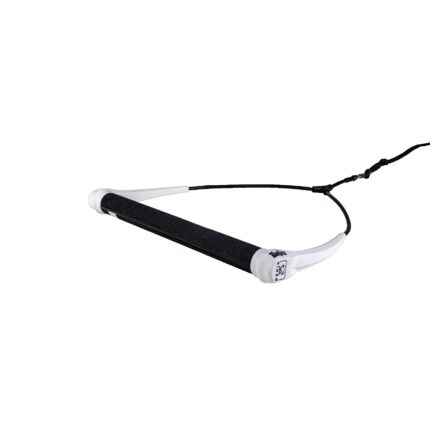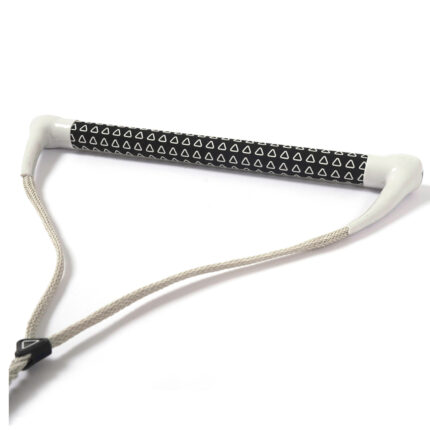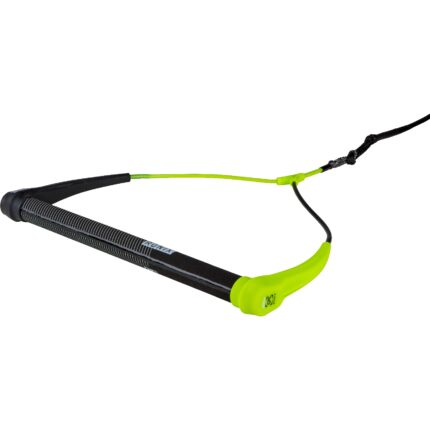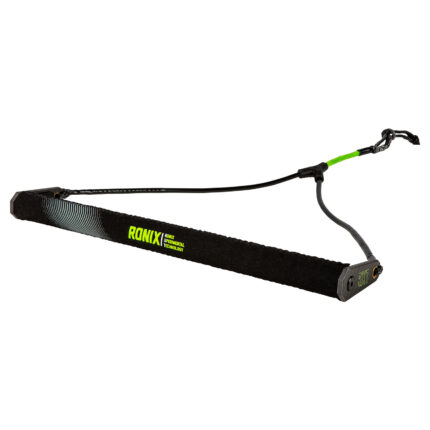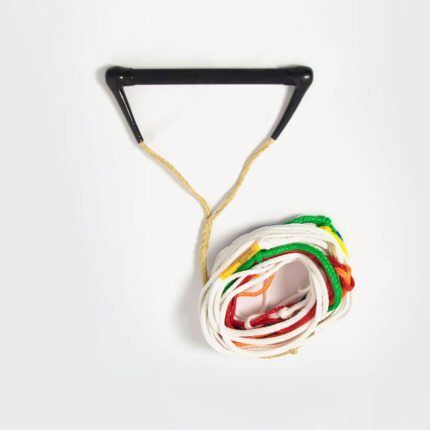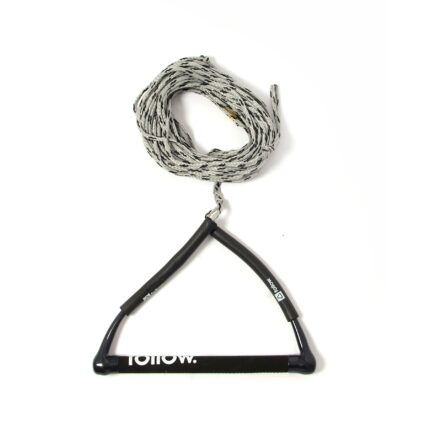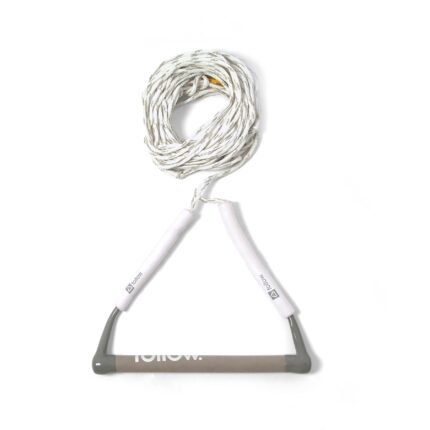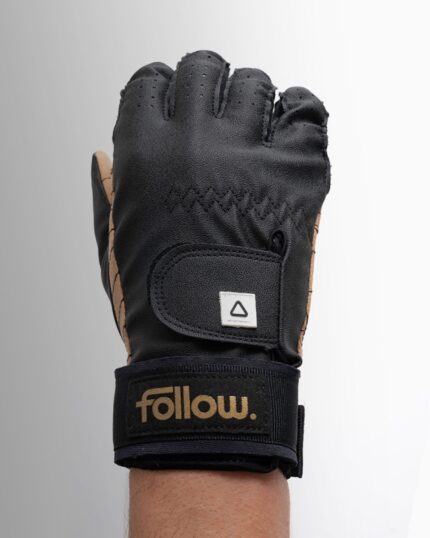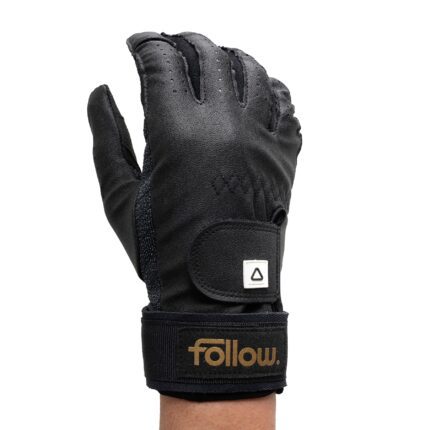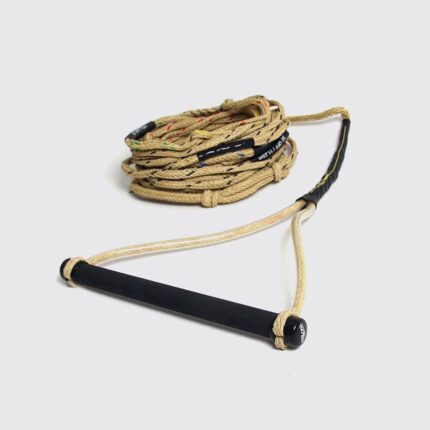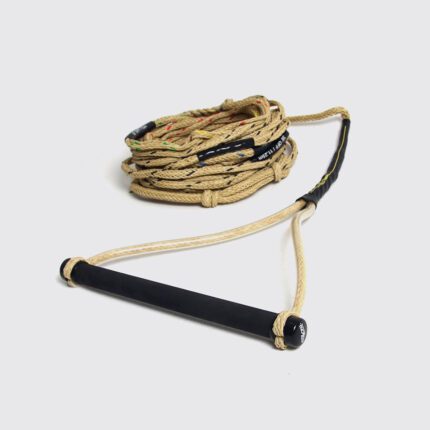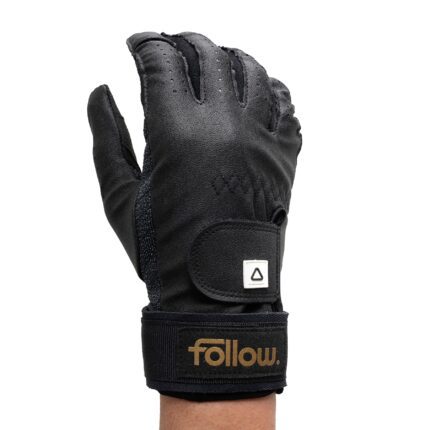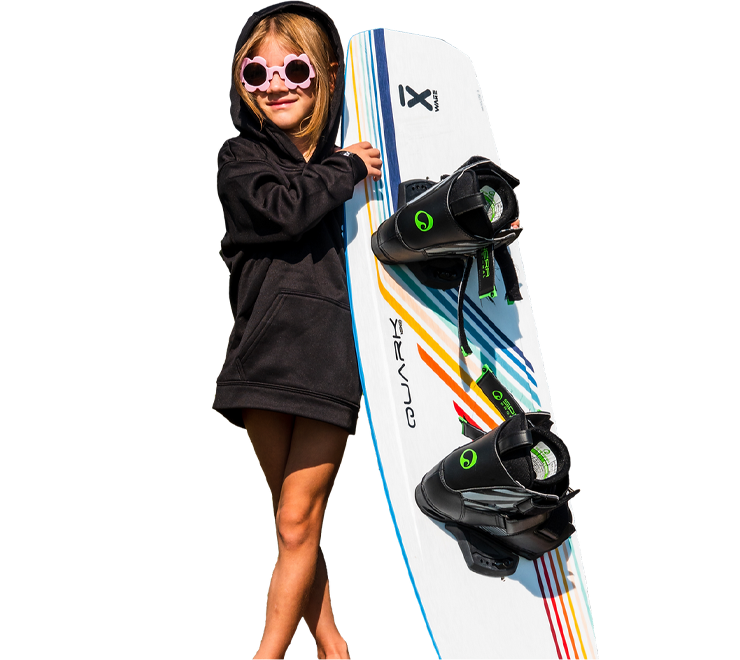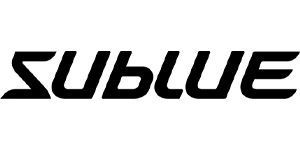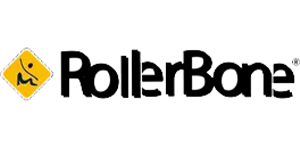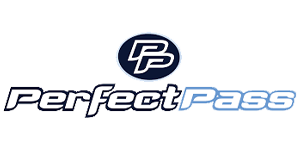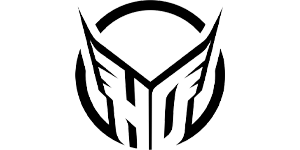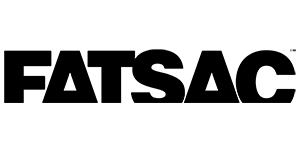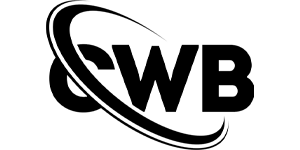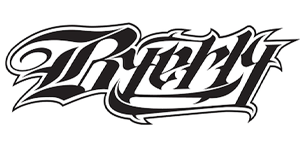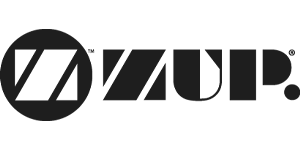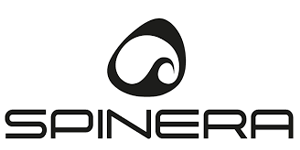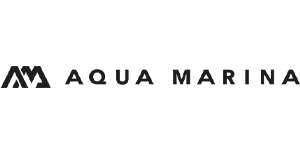Handles & Lines
Showing 1–12 of 41 results
Handles and lines are critical equipment in wakeboarding, providing the connection between the rider and the boat. They play a crucial role in maintaining control, executing tricks, and ensuring a safe and enjoyable wakeboarding experience. Here’s more information about handles and lines in wakeboarding:
Handles:
Wakeboard Handle: The wakeboard handle, often referred to simply as the handle, is a central component. It consists of a grip connected to a sturdy bar or rope. The handle allows the rider to maintain a firm and secure grip during the ride.
Handle Materials: Wakeboard handles are typically made of materials like EVA foam or rubber for a comfortable and non-slip grip. The bar or rope is constructed from durable materials to withstand the stresses of wakeboarding.
Handle Shapes: Wakeboard handles come in various shapes and sizes, including straight bars and T-bars. The choice of handle shape often depends on personal preference and the rider’s intended use.
Handle Length: Handle length can vary, with options ranging from shorter handles (around 12 inches) to longer handles (up to 15 inches). Riders often select handle length based on their riding style and preferences.
Handle Floats: Some wakeboard handles include built-in floats or foam sections that help the handle stay on the surface of the water, making it easier to retrieve if dropped during a fall.
Handle Attachment: The handle is typically attached to the main towrope using a secure and reinforced connection point. Proper attachment ensures that the handle stays connected during the ride.
Lines:
Wakeboard Line: The wakeboard line, also known as the towrope, is a specialized rope designed for wakeboarding. It connects the handle to the boat’s tow point and provides the tension necessary for towing the rider.
Line Length: Wakeboard lines come in various lengths, typically ranging from 60 to 80 feet or more. The length you choose depends on factors like boat speed, rider skill level, and the desired length of the wake.
Line Material: Wakeboard lines are commonly made from materials like spectra or polyethylene, which offer strength, durability, and low stretch characteristics. Low stretch is crucial for maintaining consistent pull and control.
Line Sections: Many wakeboard lines are designed with multiple sections, allowing you to adjust the length to your preference or riding style. Sections are often connected with secure knots or loops.
Handle Attachment: The wakeboard line is attached to the handle using a sturdy connection point, ensuring that the handle and line remain securely linked during the ride.
Floats: Some wakeboard lines include floats along their length to keep the line on the water’s surface and prevent it from sinking or tangling.
Proper selection and maintenance of handles and lines are essential for safety and performance in wakeboarding. Riders should choose handles and lines that suit their preferences and riding style, and regularly inspect their equipment for wear and tear to ensure safe and enjoyable rides.
 Boards
Boards Packages
Packages Boots & Bindings
Boots & Bindings Essentials
Essentials Waterwear
Waterwear Apparel
Apparel Wakesurfers
Wakesurfers
 Towers & More
Towers & More Boat Accesories
Boat Accesories Ballast Systems
Ballast Systems